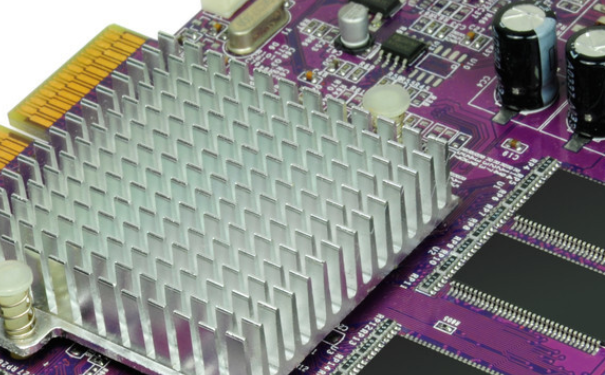What are the phenomena of poor electronic welding joints?
Date:2023-07-18 15:35:00 Views:2221
Electronic welding is an important link in the electronic manufacturing process, and the quality of welding directly affects the quality and reliability of electronic products. In electronic welding, poor solder joints are one of the common problems, including cold welding, false welding, over welding, misalignment, edge collapse, bubbles, and cracks. The occurrence of these phenomena can affect the quality and reliability of solder joints, so it is necessary to pay attention to avoiding these problems during the electronic welding process. This article summarizes some materials and hopes to provide valuable references for readers.

open circuit
Copper foil circuit is broken or solder is not connected.
Continuous welding
The phenomenon of two or more independent solder joints with different potentials being connected together.
Air welding
The copper foil solder pad of the component is Wuxi connected.
Cold welding
Surface welding phenomenon caused by insufficient temperature, without metallic luster.
Virtual soldering
A welding defect caused by the formation of a complete solder pad on the surface but essentially due to oxidation of the component feet.
Cladding welding
Excessive soldering leads to the inability to see the component feet, even the edges and corners of the component feet, and the wetting angle is greater than 90 °.
Tin bead
Solder residue that is not fused to the solder joint.
pinhole
A small hole was found on the solder joint, which is usually empty inside. Pore: There are large holes on the solder joint that can be seen with the naked eye.
Tin reduction
The solder that was originally adhered to retracted; Sometimes there is an extremely thin solder film remaining, which increases as the solder retracts and the wetting angle increases.
Chip alignment: The chip or chip can land in the center of the solder joint in the X or Y axis direction without any deviation, and the solder end can fully contact the solder pad
reverse
It refers to the direction error when installing polar components.
Wrong piece
The model and specifications of the components installed at the specified position do not meet the requirements.
Missing items
The position where components are required is not equipped with materials.
Exposed copper
The green oil on the surface of PCBA falls off or is damaged, causing the copper foil to be exposed.
Bubbling
Refers to the deformation caused by regional expansion on the surface of PCBA/PCB.
Tin hole
There are blowing holes and pinholes on the solder joints of the components after passing through the furnace.
Tin crack
Tin surface cracks.
Blocking holes
The residual solder paste in the plug hole/screw hole leads to pore blockage.
Tiptoe
Refers to the deformation of the feet of a multi pin component due to warping.
Lateral standing
Refers to the direct welding of the side of the component welding end.
Oligotin
The solder content of the component solder pad is relatively low.
Multiple pieces
Refers to the placement of components on a PCB where they are not required.
Tin tip
Refers to the unevenness, spikes, or burrs of tin points.
Open circuit
Refers to a disconnection in the middle of a component or PCBA circuit.
Overflow glue
The adhesive spreads out from under the component and is visible in the area to be welded, affecting the welding process.
Component floating height
The phenomenon of the component body floating off the surface of the PCB after welding.
The above is the electronic welding spot related content organized by the editor of Chuangxin Testing, hoping to be helpful to you. Our company has a team of professional engineers and industry elites, with three standardized laboratories covering an area of over 1800 square meters. We can undertake various testing projects such as electronic component testing and verification, IC authenticity identification, product design and material selection, failure analysis, functional testing, factory incoming material inspection, and tape weaving.




 Weixin Service
Weixin Service

 DouYin
DouYin
 KuaiShou
KuaiShou





















